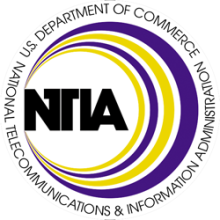Rural Folks Need Broadband Too
After reading an impressive article in the South Washington County Bulletin, I am convinced that most Americans now understand that broadband is essential infrastructure for communities. Don Davis' "Speedy Internet could boost rural Minnesota" is a lengthy and thorough discussion of why every community needs broadband connections.
He starts by noting the MN Broadband Task Force, which found that the state should make sure broadband access is ubiquitous in the coming years at minimum speeds considerably above what is available currently in most of Minnesota. What it lacked was a suggestion of how to get there.
Don delves into the Lake County solution:
A northeastern Minnesota county is doing just that and may have the answer, at least for those in the "second Minnesota." Lake County hopes to blaze a trail to a faster Internet with private businesses paying most of the cost. County officials want to lay fiber optic cable, capable of carrying high-speed signals, to every home and business with electricity. If it happens, Lake County could become a model not only for Minnesota but the country by offering its rural citizens the same service as their big-city cousins receive.As detailed in the article, Lake County has lost economic development opportunities precisely because they cannot guarantee fast and affordable connectivity to those who otherwise want to locate there. What he does not make clear is that Lake County will own this network. It will be operated by National Public Broadband - a nonprofit. The private sector is not interested in bringing true broadband to the North Shore and local citizens should be glad of it - they will get a far superior network than Qwest could have built. Once the public builds this fiber network (using private sector contractors), other private sector companies will provide services over it. This is a good model - the public builds the infrastructure and allows private companies to deliver services. The public can ensure everyone has equal access by physically connecting every residence and business. Unfortunately, one of the MN Task Force members - who should know better - is quoted as saying it isn't "financially feasible" to build fiber to every home. What is or is not financially feasible is debatable.




